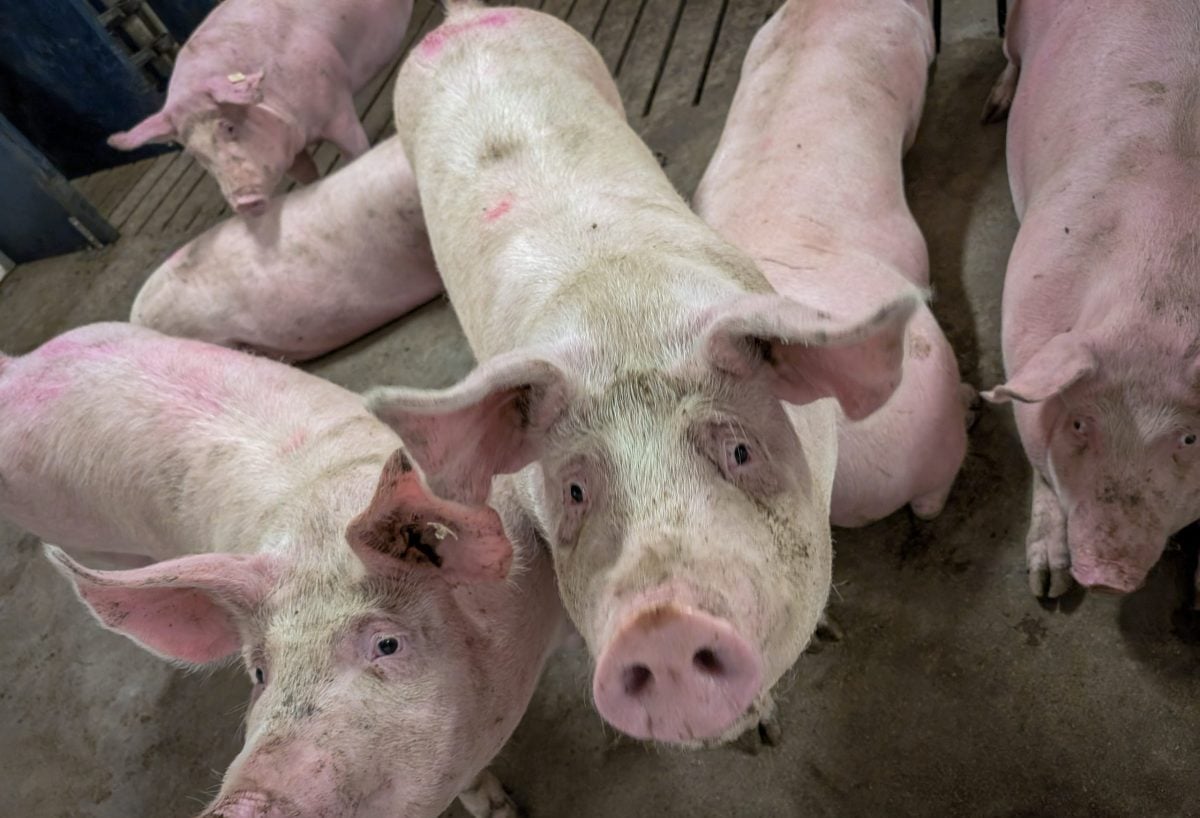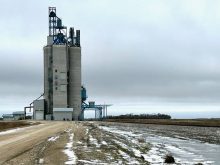MarketsFarm — Farmers in the U.S. will seed more soybeans in 2024-25, with Canadian canola plantings also expected to rise to a lesser extent, according to a grains and oilseeds analyst with RaboResearch Food and AgriBusiness, a division of the Dutch multinational bank Rabobank at the firm’s Fall Harvest Outlook webinar.
During the Wednesday webinar, Andrick Payen showed current price ratios of U.S. soybeans to corn and wheat are above two, which means soybeans are roughly double the price of the grains. The soybean/corn ratio had been as high as three in June. As a result, he projected an increase in U.S. soybean acres to 88.6 million in 2024, but declines in U.S. corn acres (91.2 million) and acres for U.S. all wheat (47.5 million). However, the total U.S. acres of corn, wheat and soybeans altogether are expected to plateau at 227 million acres in 2024.
Read Also

U.S. livestock: CME cattle futures lower after sideways trade
Chicago | Reuters – Chicago Mercantile Exchange live and feeder cattle futures inched lower on positioning on Tuesday as thin…
“Acres are re-adjusting to what we saw before this year,” Payen explained. “The U.S. is really not expanding acres. We’ve seen the last couple of years that there’s a battle for acres. After the peak that we’ve seen in 2014-15 (231 million), we haven’t touched that high-water mark over the past eight years.”
In Canada, the price ratio between canola and spring wheat has softened since the beginning of summer, with Payen commenting that demand for spring wheat remained very strong.
He also showed that despite a large increase in canola acres and a similar decline in wheat acres throughout the early 2000s, acreage numbers for both crops have plateaued since the 2010s and are nearly equal. Payen believes there could have been a larger amount of canola acres if it weren’t for growers’ strict crop rotations.
“Wheat and canola have taken more of the planted area in Canada with canola and wheat representing close to 50 per cent of planted acres,” Payen said. “In order for canola to expand, it needs to be in rotation with other cereals, given that principal field acres are not expanding. With the price environment that we’re seeing between canola and wheat, we’re expecting canola to grow next year, close to 23 million acres.”
Payen also cautioned that the numbers are largely dependent on the amount of moisture received throughout this coming winter.
He expects U.S. corn and soybean farm gate prices to be left virtually unchanged in 2024-25 at US$4.34 and US$12.64 per bushel, respectively. The price of Canadian canola is projected at C$714.47 per tonne for 2024-25, largely unchanged, while Canadian wheat prices should be down slightly to C$325.52/tonne. All four prices will be above their five-year averages.
“While it’s good that we’re going to see prices that will be higher than those in the past five years, input costs continue to be a concern and we’re not expecting margins to be as strong as in the past two years,” Payen said.
RaboResearch grains and oilseeds strategist Stephen Nicholson recounted what he heard from Canadian growers at Ag in Motion last July at Langham, Sask. during a question-and-answer session with media. The main topics of conversation, according to him, were weather conditions, crop rotations, disease pressure on canola, crushing capacity and developing more weather-resistant varieties of corn and soybeans.
“They’re dealing with the same issues that U.S. farmers are dealing with, whether they’re commodity prices, input costs and disease pressure in canola,” Nicholson said. “The exporters in Canada are struggling mightily with margins to export out of Canada…Over the next several years, I expect to see a reshuffling of export capacity and ownership there.”
— Adam Peleshaty reports for MarketsFarm from Stonewall, Man.
















